In homes or workspaces where there is a limited number of electrical outlets, people often wonder if they can draw power from an existing light socket to power additional devices. Maybe you want to plug in a small lamp, a phone charger or some holiday lights, but you don’t have a wall outlet close by. Can you draw power from a light socket, and if so, how do you do it safely?
Yes, you can draw power from a light socket using a socket adapter. However, ensure that the electrical load doesn’t exceed the socket’s capacity, and prioritize safety.
In this article, we’ll talk about how a light socket gives you power, how to use it to power your devices safely, and what you need to do to avoid electrical hazards.
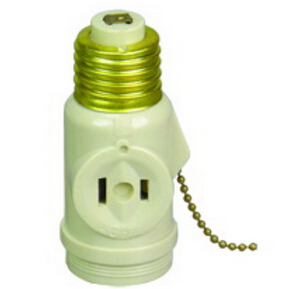
How a Light Socket Provides Power
A standard light socket is connected to your home’s electrical system in much the same way as a wall outlet. It supplies alternating current (AC) power, typically 120V in North America or 240V in many other parts of the world. Light sockets are primarily intended to power light bulbs, which typically require a low amount of wattage, such as 60 to 100 watts for an average household bulb.
Because light sockets are wired to handle a specific load, they can safely supply electricity to small, low-power devices if properly adapted. However, light sockets are not designed to power high-wattage devices like kitchen appliances, air conditioners, or space heaters. Drawing too much power from a light socket can overload the circuit, which could lead to a blown fuse, tripped breaker, or in the worst cases, a fire.
It’s essential to understand the limits of your electrical system before attempting to draw power from a light socket, but for certain applications, it can be a practical solution.
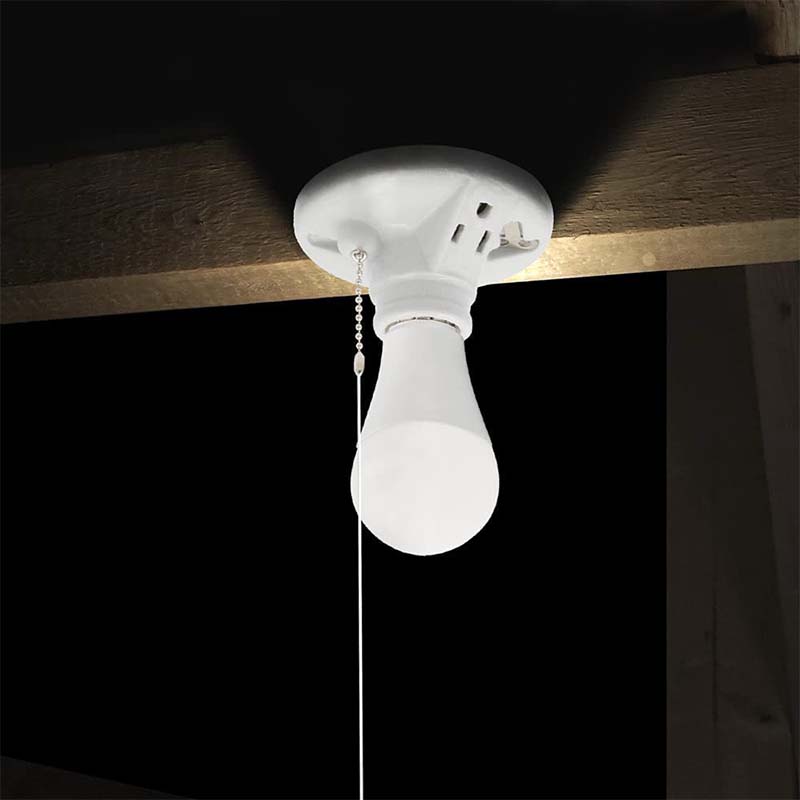
Using a Light Socket Adapter
The most common and practical way to draw power from a light socket is by using a light socket adapter. These adapters screw into the light socket just like a bulb would and provide an outlet or a set of USB ports to plug in small devices. They’re a quick and easy solution for when you need extra power without installing additional outlets.
For example, if you have a light socket in a ceiling fixture but no outlets nearby, you could use a light socket adapter to plug in devices like:
- Table lamps
- Phone chargers
- Small fans
- Holiday lights
It’s important to remember that light sockets are wired for low-wattage devices, and the total wattage of all devices plugged into the adapter should not exceed the socket’s capacity. Most adapters are designed to handle low-power devices, but overloading the socket with too much draw can cause overheating and circuit overload.
Before using a light socket adapter, you should calculate the total wattage of everything you plan to plug in. For example, if the socket is rated for a 100-watt light bulb, you shouldn’t plug in multiple devices that together exceed that 100-watt limit.
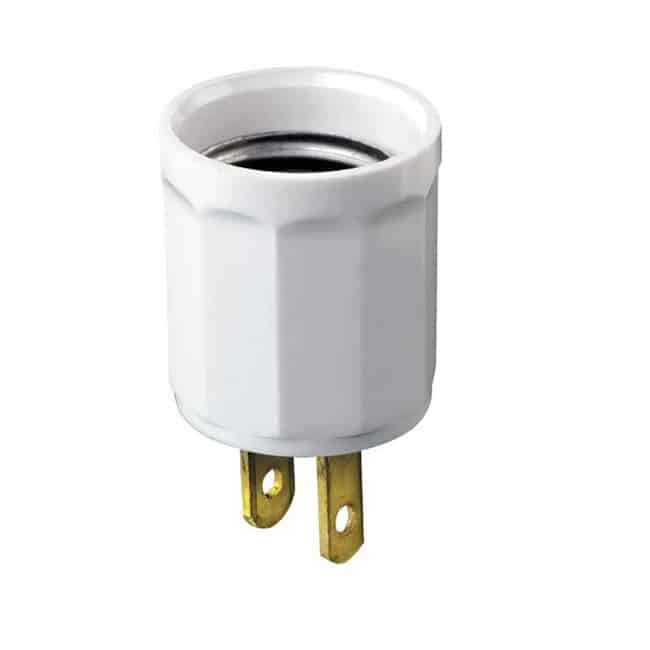
Safety Precautions When Drawing Power from a Light Socket
While it is possible to draw power from a light socket, there are important safety guidelines to follow to avoid potential hazards:
- Check the Circuit Rating: Light sockets are typically wired into circuits designed for lighting, not heavy appliances. Adding devices that draw more power than the circuit is designed to handle could trip the breaker or even cause the wiring to overheat. Ensure that the circuit you’re drawing from has the capacity for the additional load.
- Use Low-Wattage Devices: Only use small, low-wattage devices like phone chargers, small lamps, or LED string lights. These devices typically draw far less power than large appliances, making them safer to plug into a light socket adapter.
- Inspect Wiring Conditions: Before drawing power from a light socket, inspect the socket and the surrounding wiring. Older sockets or worn-out wiring could pose a fire risk if overloaded. If the socket looks worn, loose, or damaged, it’s better to avoid using it for drawing power and consult an electrician.
- Use Proper Adapters: Always choose a high-quality light socket adapter that is rated for the load you intend to use. Some adapters provide multiple outlets or even USB ports, but make sure they come with safety features such as overload protection or surge protection. Cheap or poorly made adapters could fail under load, leading to electrical hazards.
By following these safety precautions, you can safely draw power from a light socket without putting your home’s electrical system at risk.

Common Uses for Drawing Power from a Light Socket
There are several situations where drawing power from a light socket can be a practical solution:
- Temporary Power Source: In older homes or rooms with few electrical outlets, a light socket adapter can serve as a temporary power source for low-power devices. This can be especially useful in rooms that don’t have wall outlets in convenient locations, allowing you to plug in small electronics or a bedside lamp.
- Holiday Decorations: If you’re setting up holiday decorations like string lights, a light socket adapter can be a quick solution for powering your lights without needing to run long extension cords from distant outlets.
- Emergency Situations: In the event of an electrical issue or a damaged outlet, you can use a light socket adapter as a temporary fix to power small essential devices, such as a fan or phone charger, until the wall outlets are repaired.
Keep in mind that these solutions are best for short-term or low-power uses. Using a light socket as a permanent power source for high-draw devices could wear out the socket prematurely or cause long-term electrical issues.
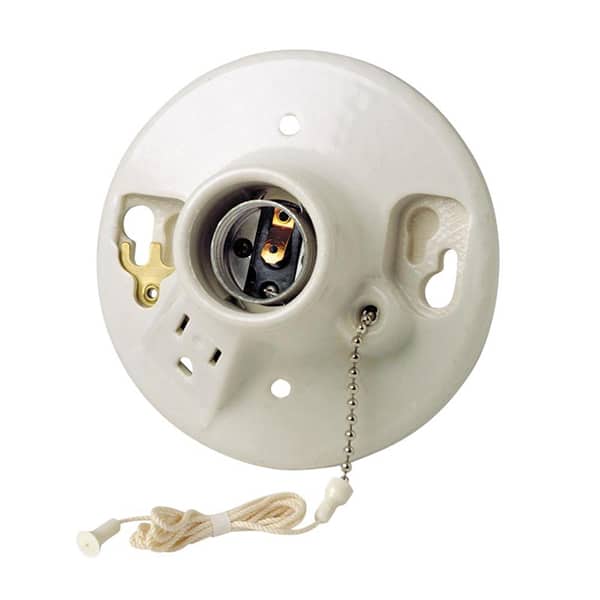
Alternatives to Drawing Power from a Light Socket
While it’s possible to use a light socket for drawing power, there are better alternatives for powering multiple devices, especially if you need to use higher-wattage appliances or require a more permanent solution:
- Extension Cords: If you have a nearby outlet but it’s out of reach, consider using an extension cord to bring power closer to where you need it. This is especially useful for devices that draw more power than a light socket can safely provide.
- Power Strips: For multiple devices, a power strip with surge protection is a safer option than a light socket adapter. Power strips are designed to handle multiple devices while protecting them from voltage spikes.
- Installing Additional Outlets: If you frequently need more power than the existing outlets can provide, consider having an electrician install additional outlets in the room. This is the safest and most permanent solution, ensuring that all your devices have adequate power without risking overloading a light socket.
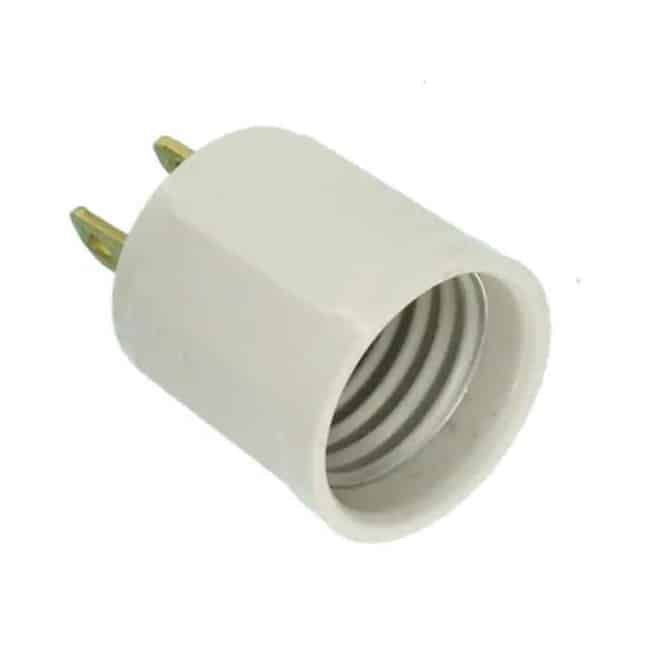
Final Words:
Yes, you can get power from a light socket, but you need to do it safely by using the right adapters and not overloading the circuit. Use light socket adapters for low-wattage devices like chargers or lamps.
Don’t use high-power devices that can overload the circuit. If you’re ever in doubt, use an extension cord or consider adding an outlet for a more permanent solution.













